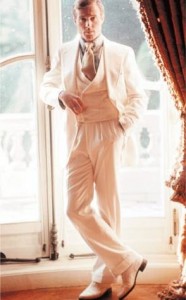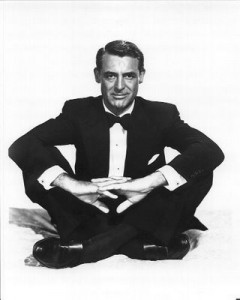
New Years Eve; it sneaks up on us every year, and every year you fight the ongoing internal battle of what to wear. Questioning why style matters at all? (Let’s face it, New Year’s Eve is basically a typical Saturday night on steroids)
Whether you’re attending a black tie event or spending the night sprawled out on the sofa watching sports, (Suitjamas, anyone?) proper attire is as essential to yielding a successful New Year’s Eve as deciding where to go.
Say you are going to a local watering hole with friends. Despite the casual environment, it’s still New Years Eve and you should dress accordingly. Amp-up your everyday attire by adding a casual sport coat to your favorite pair of dark jeans.
Going to a catered party at a friend’s place? Dress down a bold suit by going tieless. This allows you to be comfortable without being underdressed.
Attending a black tie gala? A tuxedo is a must. Whether you rock a traditional solid black or a modern midnight blue, your tux should be paired with a vest, French cuff shirt and sleek shoes. Leave the cummerbund in the closet where it belongs.
Escaping the cold for a stellar New Year’s Eve in South Beach? First off all, we are all jealous. Secondly, be sure to capture the vibe by rocking a white linen suit with a brightly colored button-down shirt and pineapple mojito.
No matter where you decide to ring in the New Year, be sure to dress for the occasion. After all, New Year’s Eve only comes around once a year.









